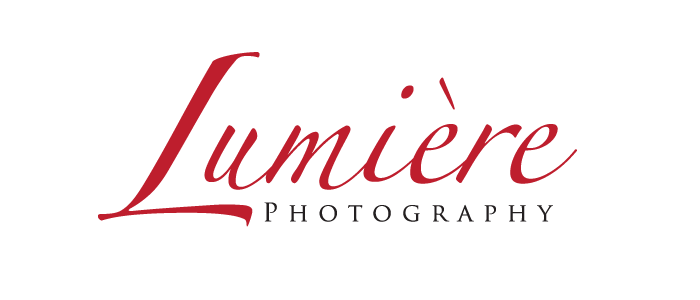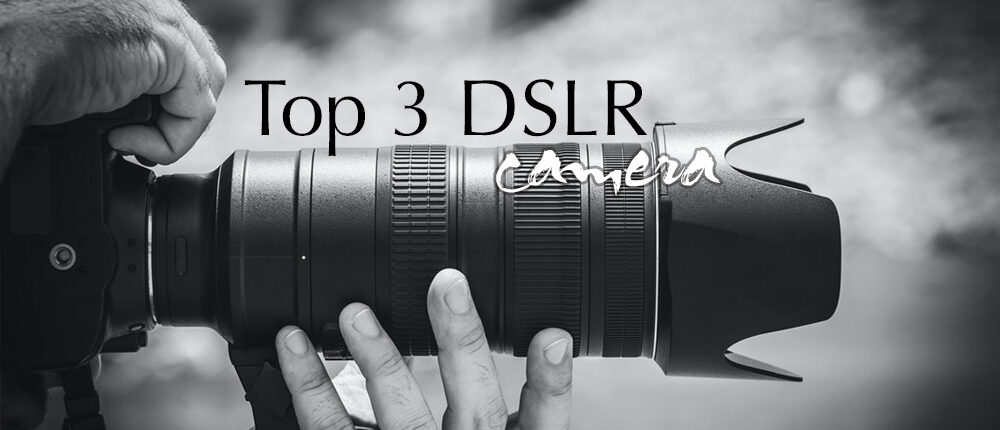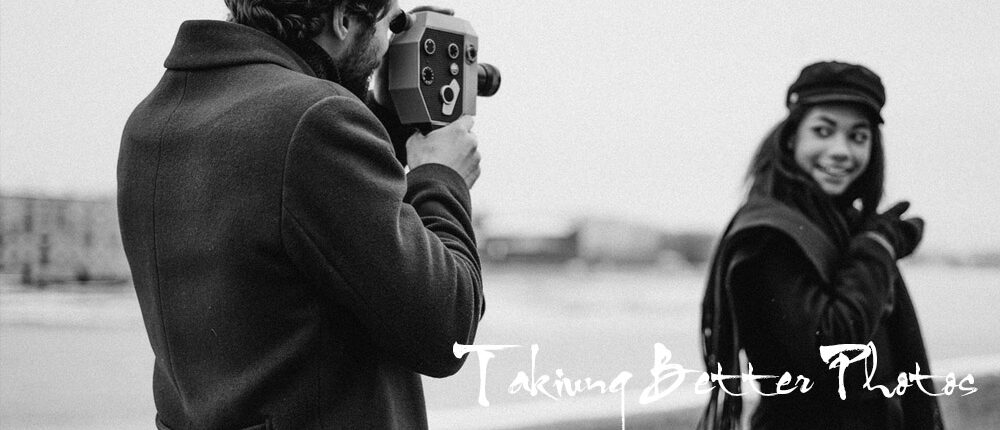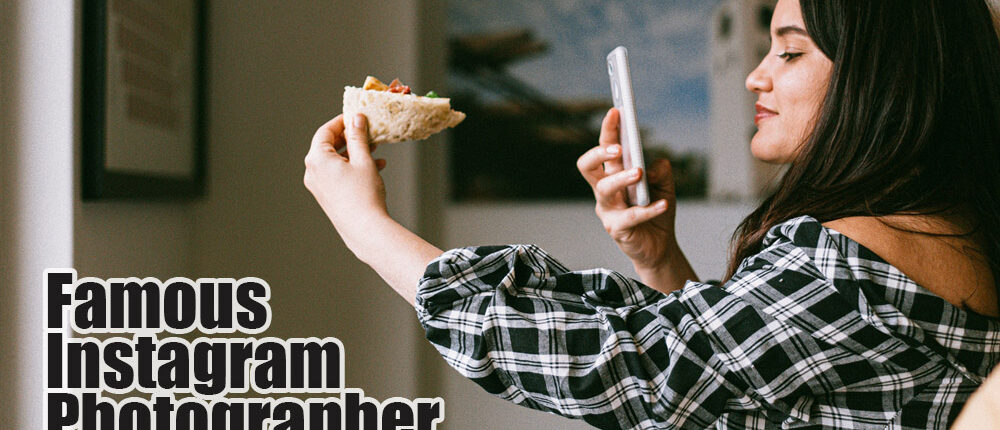How to Photograph Textures
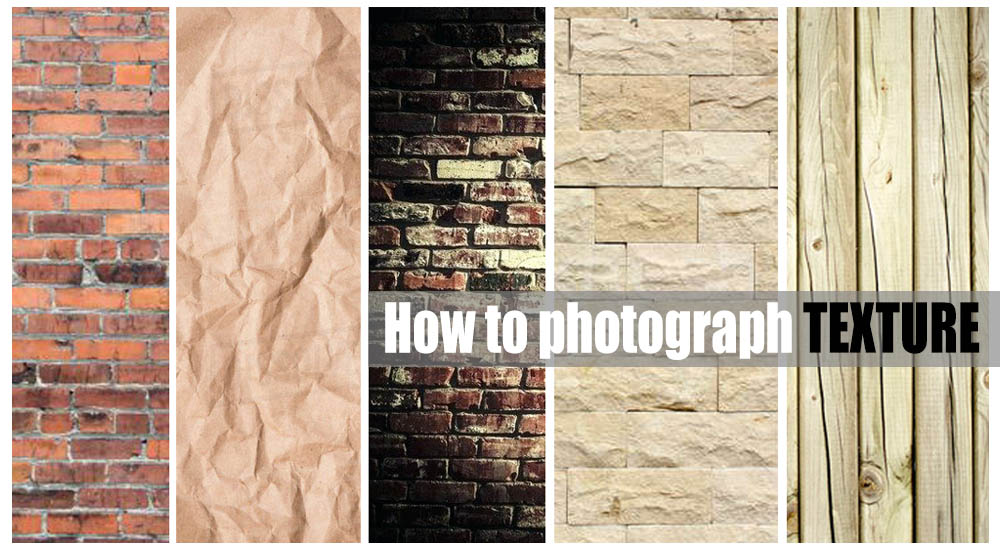
How to Photograph Textures
Taking photos of texture can be challenging because the light, composition, and depth can work a bit differently compared to a landscape photography as an example. When it comes to texture photography, keep in mind that the focus is on the colors, patterns, and depths, up to the littlest detail of textures. This plays a big role in the photograph’s perception. These combinations of three intricate details have all contributed to making a beautiful texture. Knowing theses few tips can comes in handy on your next project; be it fashion photography or even during your baby photoshoot session!
Here are some tips for texture photography:
Search for A Texture
Clearly, when we want to create a texture photography, you need to find a texture first. It is easy to find a simple texture. Textures are all around us, and you don’t need to travel very far to find one, you can capture a photograph of a brick wall up to the grass from your backyard. When finding a unique, a beautiful and eye-catching textures, it may be a bit harder than finding a simple texture. But when you start to look for the patterns and the textures, you will begin to notice them a lot more often around you and will start to encounter the textures that are unique and a lot more beautiful than the other textures and soon you will get that feeling of what is really going to look good in a photo.
You Can Create A Texture
If you don’t want to go looking for a texture, you can create one yourself! You can try to oil paint with some colors that are vibrant or find some pebbles of different textures and colors or try to experiment with sand and water. You need to just find anything and start turning and discovering it to a texture until the desired result is achieved. Remember that having depth in your textures are important, the shadows can communicate with the depth and the dimension of a texture, so don’t forget the shadows of a texture. Without these shadows, a texture would look something like it was drawn from a piece of paper, though you should also be cautious of really dark shadows because these might spoil the texture.
See Related:WHEN SHOULD YOU USE FLASH FOR YOUR PHOTOGRAPHY?
Mix and Match
All textures with similar colors as well as patterns can be a bore. You should try to explore and mix the texture with other colors and different patterns by doing it yourself. The collisions can create a beautiful result and introduce your picture on a different perspective.
Take Many Picture
When you explore different angles, lighting, and the distance of your subject, always press your shutter! Remember to re-acquire the correct focus when changing your settings before you can begin to take a photo again. You may not know one of the pictures you have taken might give a better result than the others. So, don’t forget to take lots of photos and create feeling texture photographs.
